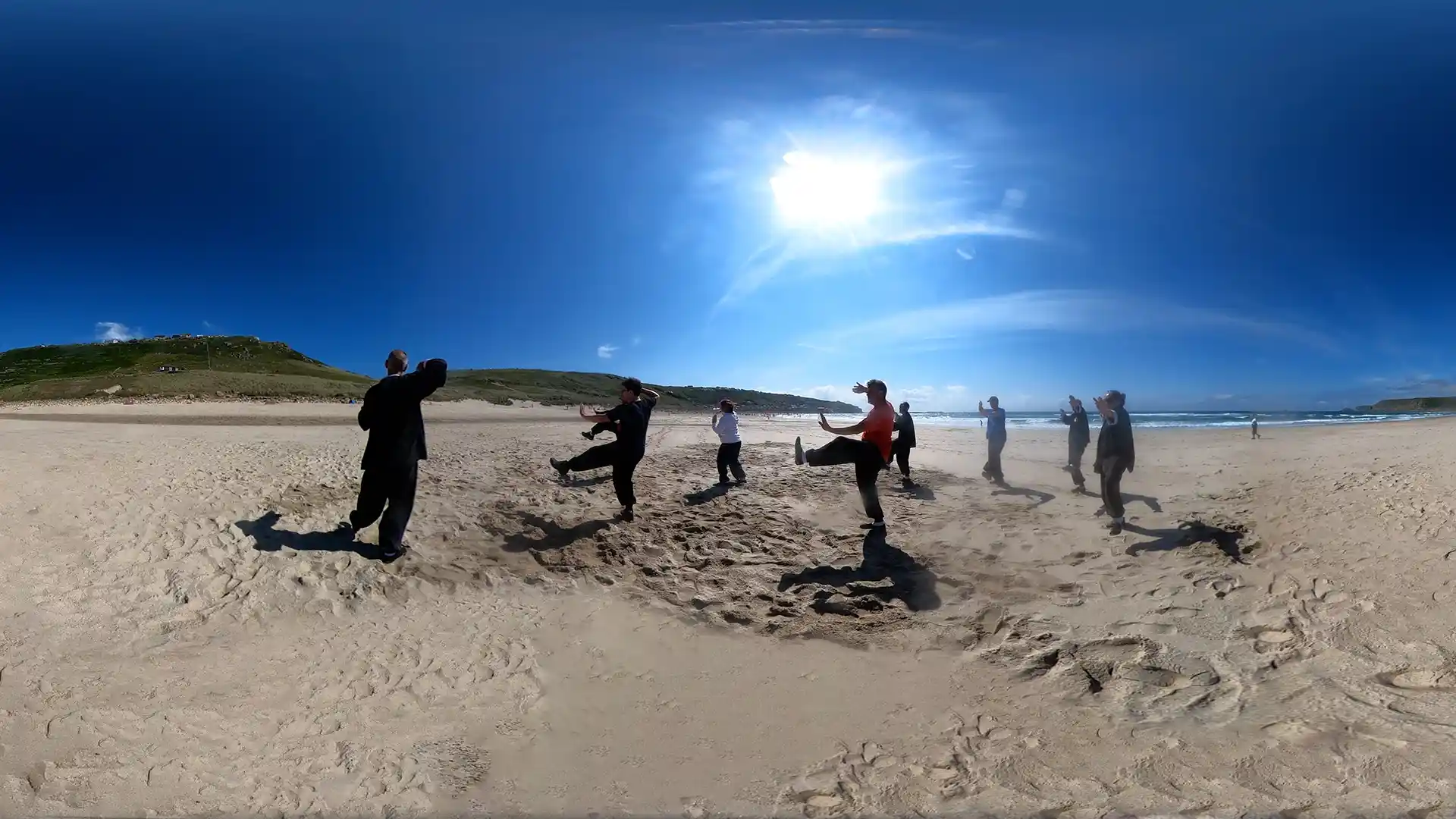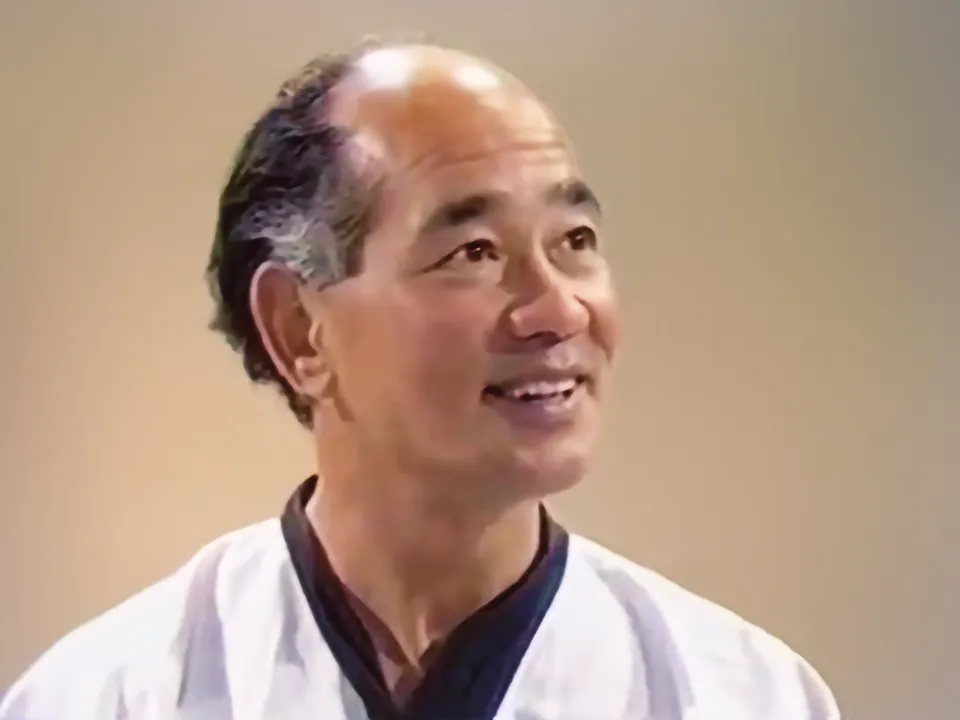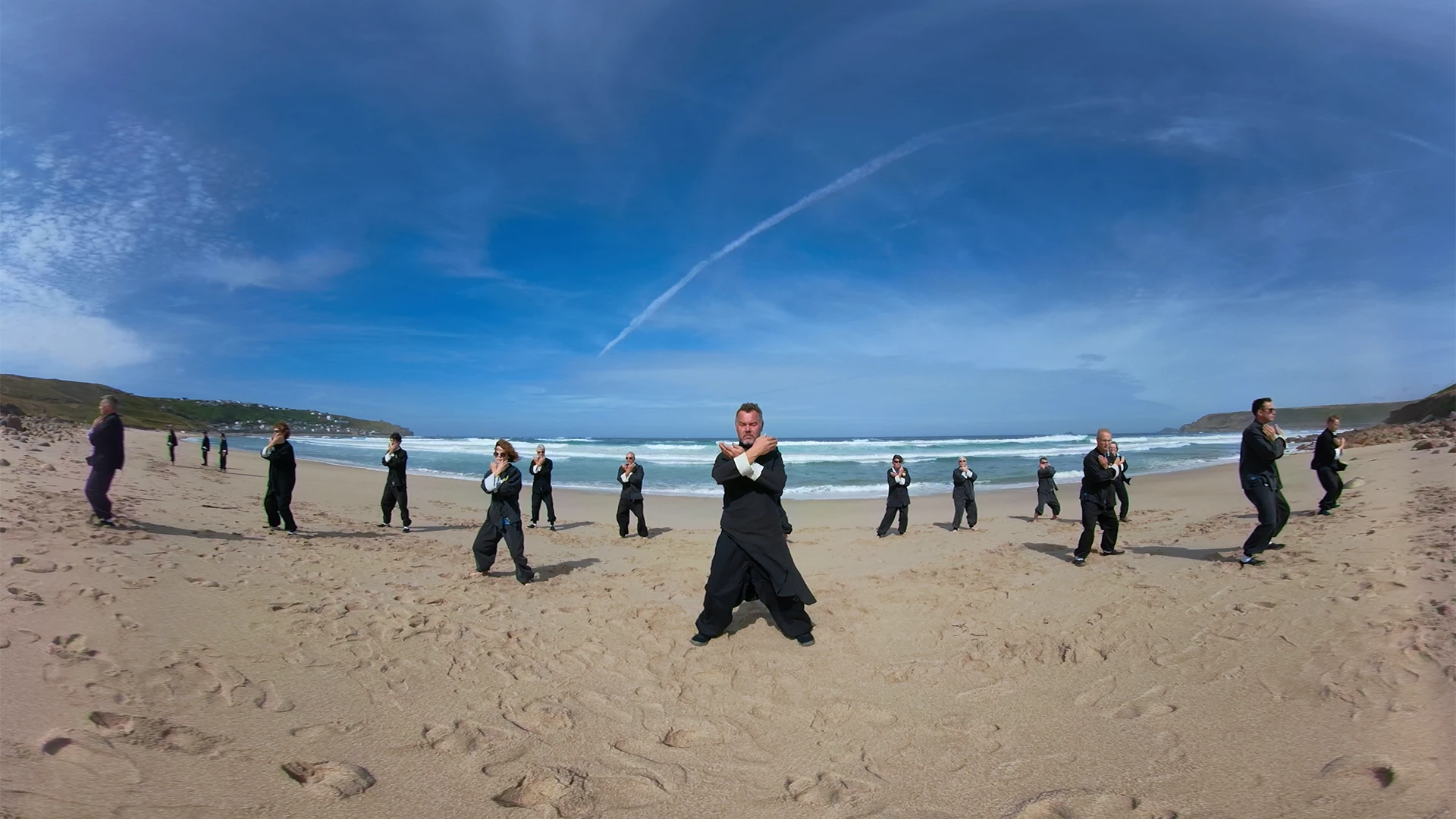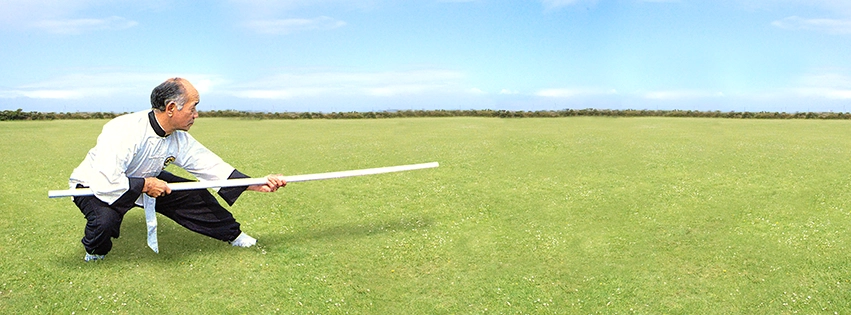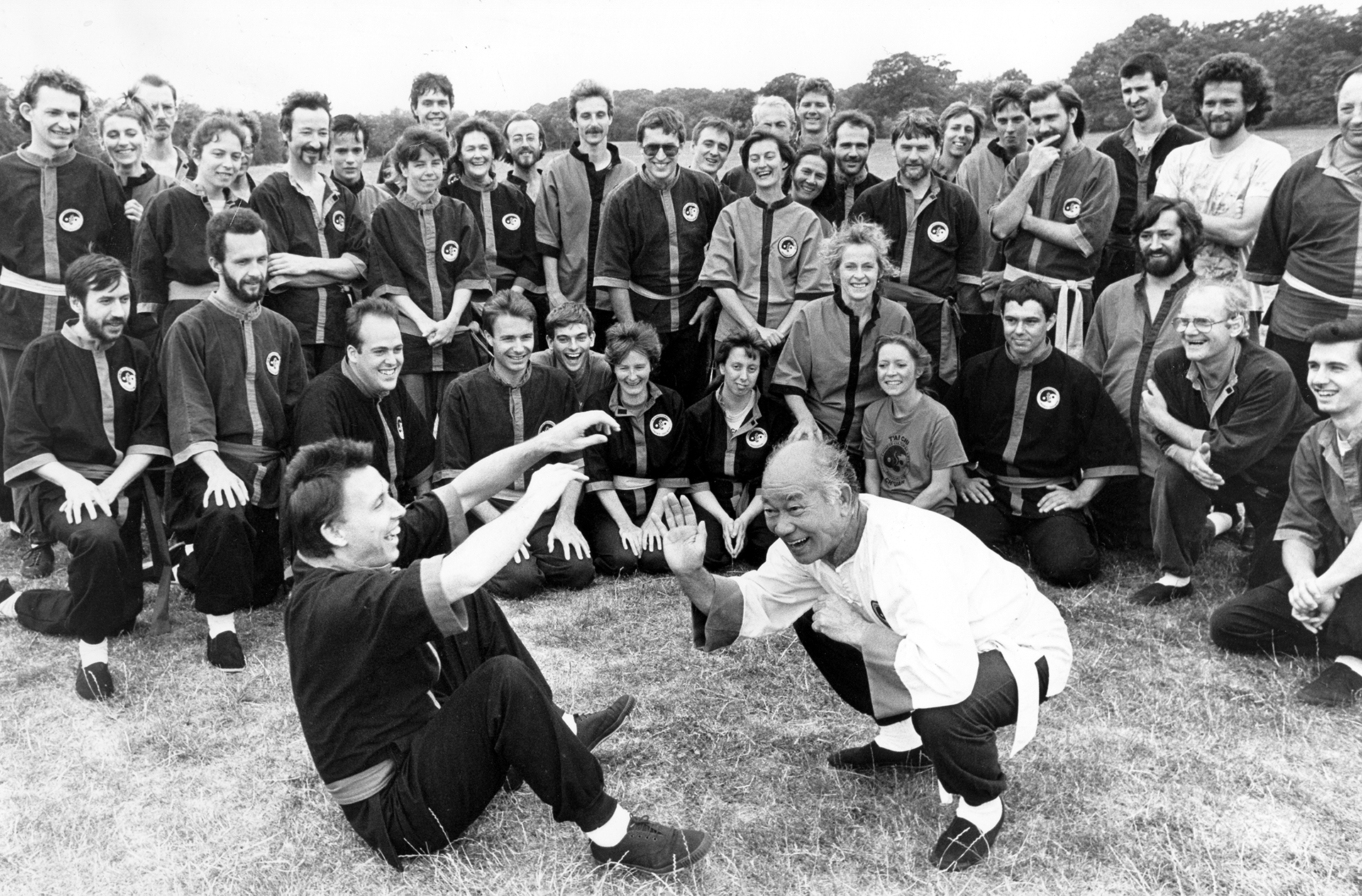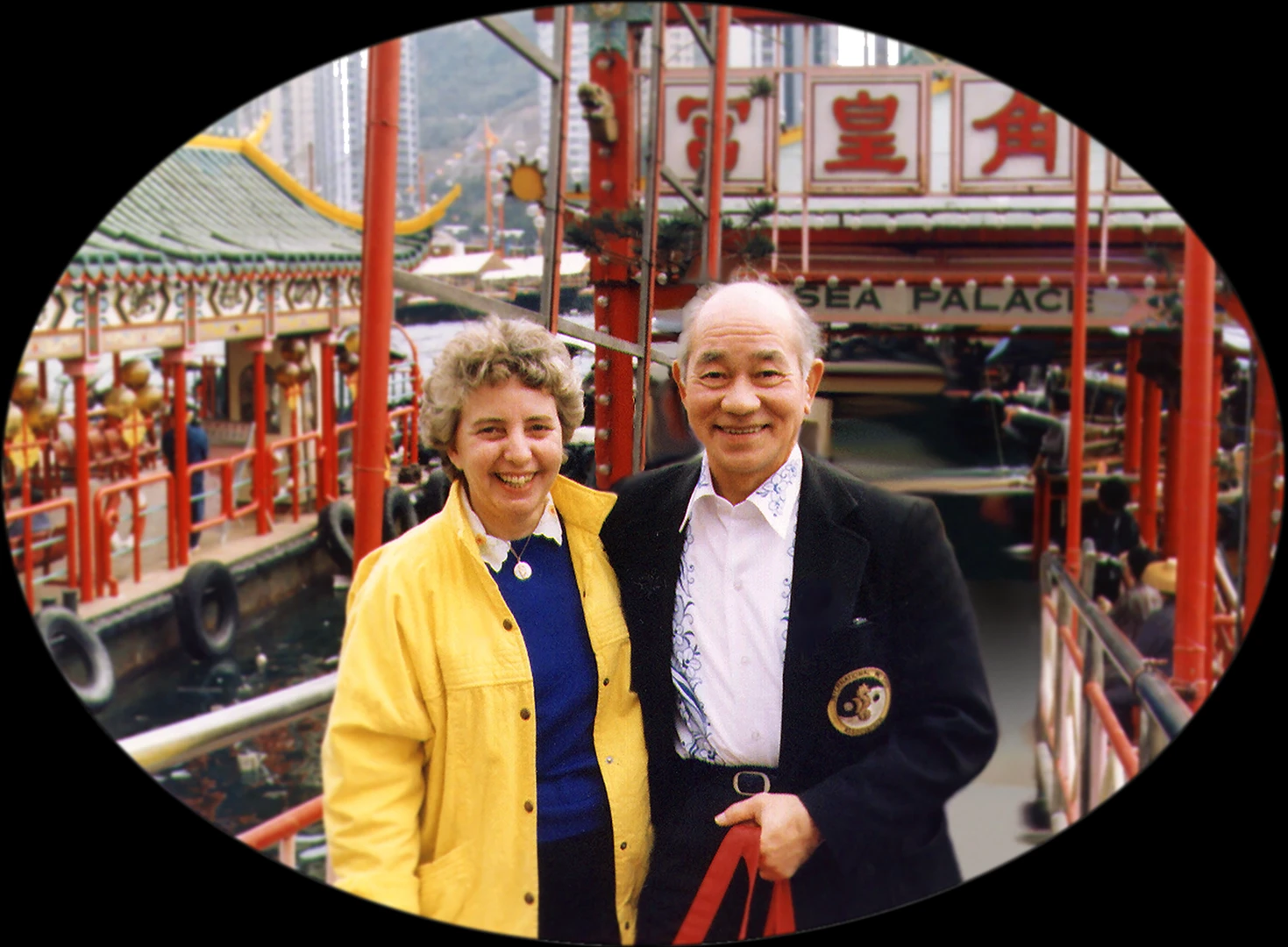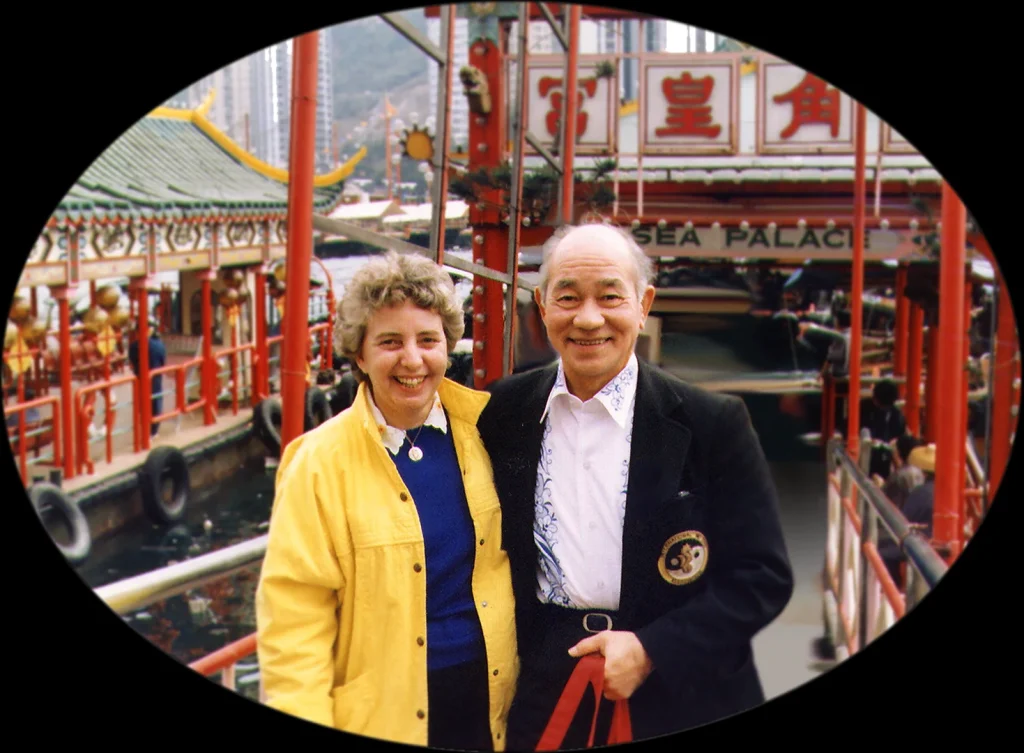Practicing Lee style T’ai Chi, as taught by Chee Soo, in the open air on the summer solstice can offer several benefits:
- Connection with Nature: Being outdoors allows you to connect with nature and the elements. The summer solstice is a time when the sun is at its peak, and the energy of the season is vibrant. Practicing T’ai Chi in this setting can help you feel more attuned to the natural world, enhancing your overall experience.
- Increased Energy and Vitality: The abundant sunlight and fresh air can invigorate your body and mind. T’ai Chi itself promotes the flow of energy, known as qi, through the body’s meridians. When combined with the revitalizing energy of the summer solstice, practicing T’ai Chi outside can enhance your vitality and leave you feeling more energized.
- Enhanced Relaxation and Stress Reduction: The open air and natural surroundings create a peaceful and serene atmosphere, which can facilitate relaxation and stress reduction. T’ai Chi is known for its gentle, flowing movements and focus on deep breathing, which can help calm the mind and release tension. Practicing T’ai Chi outdoors on the summer solstice allows you to benefit from the tranquil environment, aiding in achieving a deeper sense of relaxation.
- Sunlight and Vitamin D: Sunlight exposure during the summer solstice can provide you with a natural source of vitamin D, which is essential for bone health, immune function, and overall well-being. By practicing T’ai Chi outside, you can absorb sunlight and promote the synthesis of vitamin D in your body, supporting your overall health.
- Alignment with Cosmic Energies: The summer solstice holds significance in various cultures and traditions worldwide. It marks the longest day of the year and symbolizes the peak of light and energy. By practicing T’ai Chi on this special day, you can align yourself with the cosmic energies associated with the solstice, enhancing your practice and fostering a deeper connection with the universe.
Remember to take necessary precautions when practicing T’ai Chi outdoors, such as wearing appropriate clothing, staying hydrated, and protecting yourself from excessive sun exposure. Enjoy the experience and let the harmonizing effects of Lee style T’ai Chi in the open air on the summer solstice benefit your mind, body, and spirit.
